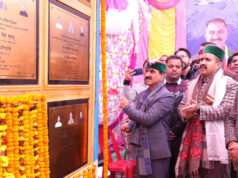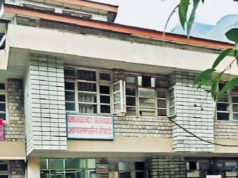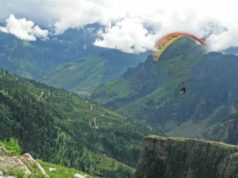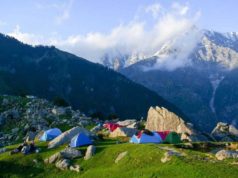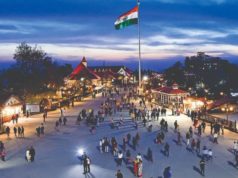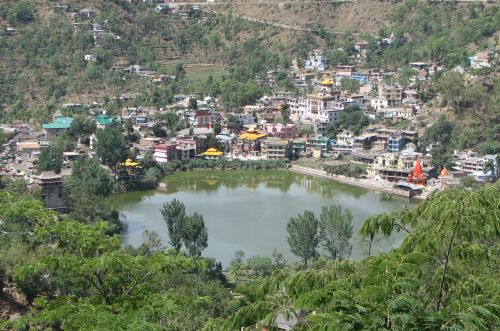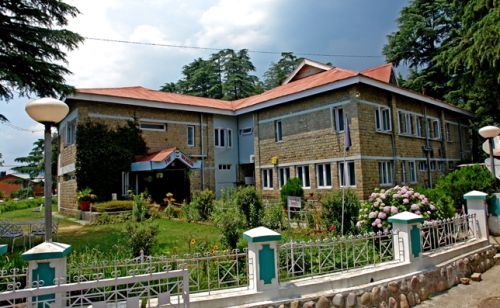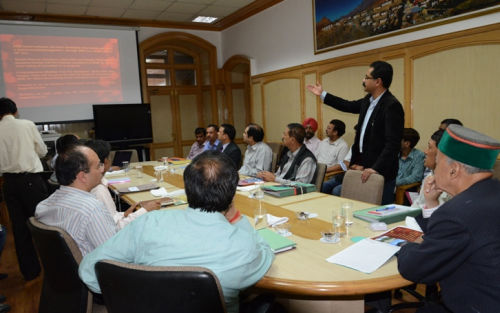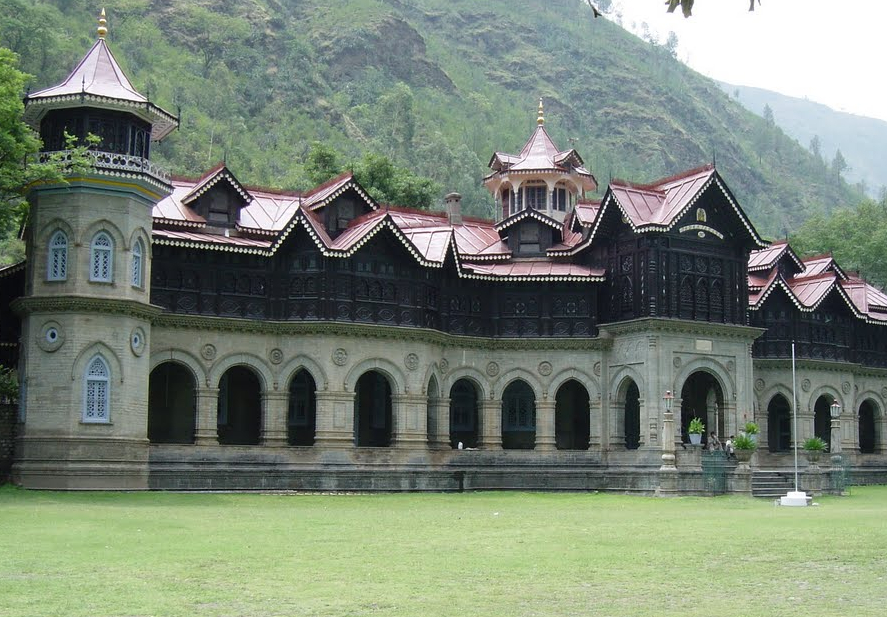
Padam Palace is roughly 125 km away from Shimla and is also 1 of the main pullover of Rampur. It also served as the Winter Capital of princely state (Bushair). Raja Padam Singh bedded the groundwork of this awesome palace on the left side of the Satluj River in the year (1919). The reconstruction of this marvellous palace took approximately 6 years and was finished in the year 1925. Bir Chand Shukla had supervised the entire construction work Close to the Padam Palace. One can spot a museum, nunnery and a temple located nearby.
Padam palace is an excellent palatial adore in its individual right due to architectural style and artisanship. The double – floored construction is prepared out of wood that came from the jungles of Dhamreda and Munish and stone that was excavated at Khaneri. (Black gram) was worned as the strong cement flanked by many stone blocks. The roof made up of tin has good-looking spiral projections. The dissimilarity of arches of stone on the deep lower floor has elegant work of wood on the (upper floor) and the wooden panel with obscure floral designs and porcelain is rather interesting.
Padam palace also has a rambling lawn that dishes up as the location for all public functions and festivities held in the imperial palace. Macchkandi, also called as the seating arena for the royalty during merriment, is located at one stop of the lawn and is absolutely a work of art in woodwork. One of the unique arena of the palace includes its woodwork which is done majestically as sunlight comes inside the palace but you can’t view people inside the palace. The designer of this magnificent structure was Gurjit Singh Fishta.
The duo of father-son that altered his designs into realism is Gurdev Singh and Gurmail Singh. The halls of Padam Palace are worned to swarm royal functions. The walls are festooned with a visual rendering of royalty and ceilings display eye-catching wooden work. Residence and Apartments of the imperial members of the family are situated outside as well as inside the Padam Palace building. Stones used for the construction of this majestic building were brought from Dhamreda and Munish. Paste of black gram paste was used as cementing the blocks of the stone. The storey wooden panel has figurine and floral designs to partly acknowledge light without revealing those insides.


